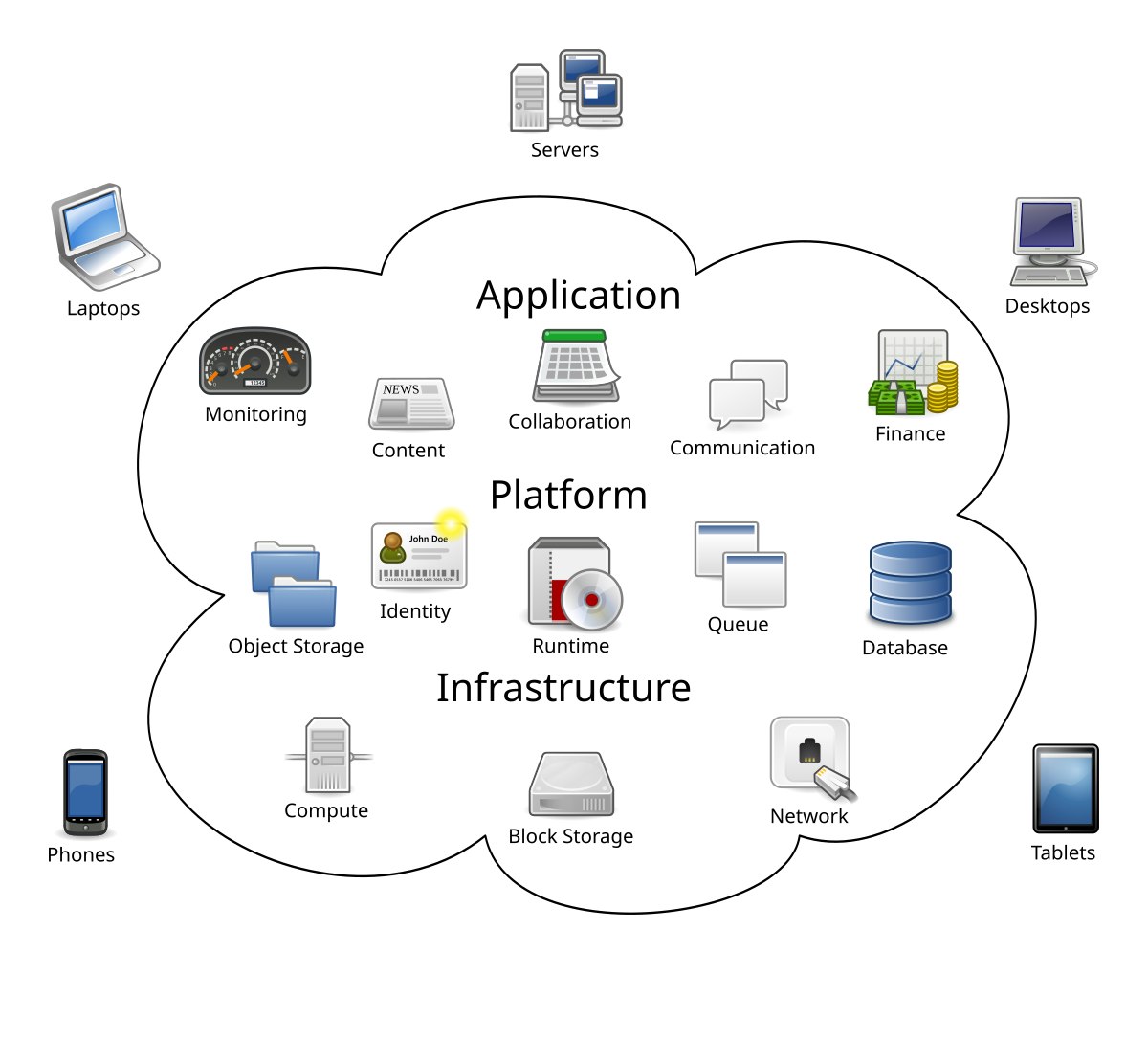CLOUD COMPUTING IN EDUCATION
Alhaj Yusif Amadu
Cloud computing is a new technology that has changed or shift
the paradigm of computing specifically in education. The cloud computing is as secure as your bank
account. Companies offering
these computing services are called cloud providers and typically charge for
cloud computing services based on usage, similar to how you are billed for
water or electricity at home Cloud providers are companies who provide computing services
and charge for cloud computing services they provide based on usage, just like
billed for electricity, gas or water at home.
The
advent of technology has greatly impacted industry development to the extent of
affecting the most traditional systems like education. The educational sector
has transmogrified over the last few years following the general change of
people habits and the worlds job market structure. The emergence of cloud
computing technology has taken the worldwide classrooms by storm and reshaped
most of the processes related to learning, teaching and administration. With
its built-in elasticity and scalability for delivering on-demand information
technology (IT) services to users in a pay-per-use basis, Cloud computing has
emerged as an Internet-based computing paradigm. Thus, it acts as the epicenter
of business developments and existing IT technologies (i.e. Virtualization,
Grid Computing, Utility Computing, and Web Services).
Unfortunately,
there is abundance of definitions for “cloud computing” in the literature, with
hype and divergent viewpoints, leading to a non-standard definition. The “U.S”
National Institute of Standards and Technology (NIST) definition is adopted.
NIST defines cloud computing as a ‟model for enabling ubiquitous, convenient,
on-demand network access to a shared pool of configurable computing resources
(e.g., networks, servers, storage, applications, and services) that can be
rapidly provisioned and released with minimal management effort or service
provider interaction. This cloud model promotes availability and is composed of
five essential characteristics, three service models, and four deployment
models”
There
are basically three service models or types of cloud computing, where in all
models the consumer does not manage or control the underlying cloud
infrastructure including network, servers, operating systems, storage, or
applications. The three service models are:
Infrastructure
as a Service (IaaS): Compute, storage, networking, and other elements
(security, tools) are provided by the IaaS provider via public Internet, VPN,
or dedicated network connection. Users own and manage operating systems,
applications, and information running on the infrastructure and pay by usage
(“Pay-as-you-go”). The best-known examples
are Google Apps for Education and
Microsoft Office365 which provide communication and office applications such as
email and spreadsheets.
Platform as a Service (PaaS): In the PaaS
models, cloud providers deliver a computing platform, typically including
operating system, programming-language execution environment, database, and web
server. Application developers can develop and run their software solutions on
a cloud platform without the cost and complexity of buying and managing the
underlying hardware and software layers. On a lighter note, one needs to remember the traditional computing model where
each application managed locally required hardware, an operating system, a
database, middleware, Web servers, and other software. One also needs to
remember the team of network, database, and system management experts that are
needed to keep everything up and running. With
cloud computing, these services are now provided remotely by cloud providers
under this layer. Examples of PaaS include
Microsoft's Azure Services Platform (Microsoft, 2012), Salesforce's Force.com
development platform, Google Apps Engine, Amazon's Relational Database Services
and Rackspace Cloud services.
Software as a Service (SaaS): In the software
as a service (SaaS) model, users gain access to application software and
databases. Cloud providers manage the infrastructure and platforms that run the
applications. SaaS is sometimes referred to as "on-demand software"
and is usually priced on a pay-per-use basis or using a subscription fee. In
the SaaS model, cloud providers install and operate application software in the
cloud and cloud users access the software from cloud clients. For
example, Amazon’s Elastic Compute Cloud; organizations can use this
infrastructure to run Linux servers on virtual machines and scale up usage as
required.
References
Alabbadi,
M. M. (2011, September). Cloud computing for education and learning: Education
and learning as a service (ELaaS). In Interactive Collaborative Learning
(ICL), 2011 14th International Conference on (pp. 589-594). IEEE.
Hasson,
J. (2008). Cloud computing is for the birds. FierceCIO. http://www.fiercecio.com/story/cloud-computing-birds/2008-10-11
Hosting, C. C.
(2014). Cloud Computing in Education: Introducing Classroom Innovation. Whitepaper
by http://www. crucial. com. au, 2-7.
Johnson,
B. (2008). Cloud computing is a trap, warns GNU founder Richard Stallman. The
Guardian. http://www.guardian.co.uk/technology/2008/sep/29/cloud.
Katz, R. N., Goldstein, P. J., & Yanosky,
R. (2009). Demystifying cloud computing for higher education. EDUCAUSE
Center for Applied Research Bulletin, 19, 1-13.
Mell, P., &
Grance, T. (2011). The NIST definition of cloud computing.
Neha Lad
(June 10, 2016). https://www.esds.co.in/blog/importance-of-cloud-computing-in-educationsector/#sthash.NMU4ZbWD
(accessed on 3/28/2018)
Yadav,
K. (2014). Role of cloud computing in education. International Journal of
Innovative Research in Computer and Communication Engineering, 2(2),
3108-3112.
https://www.slideshare.net/Oneserve/a-brief-history-of-cloud-computing-33889054
(accessed on 3/28/2018)


No comments:
Post a Comment